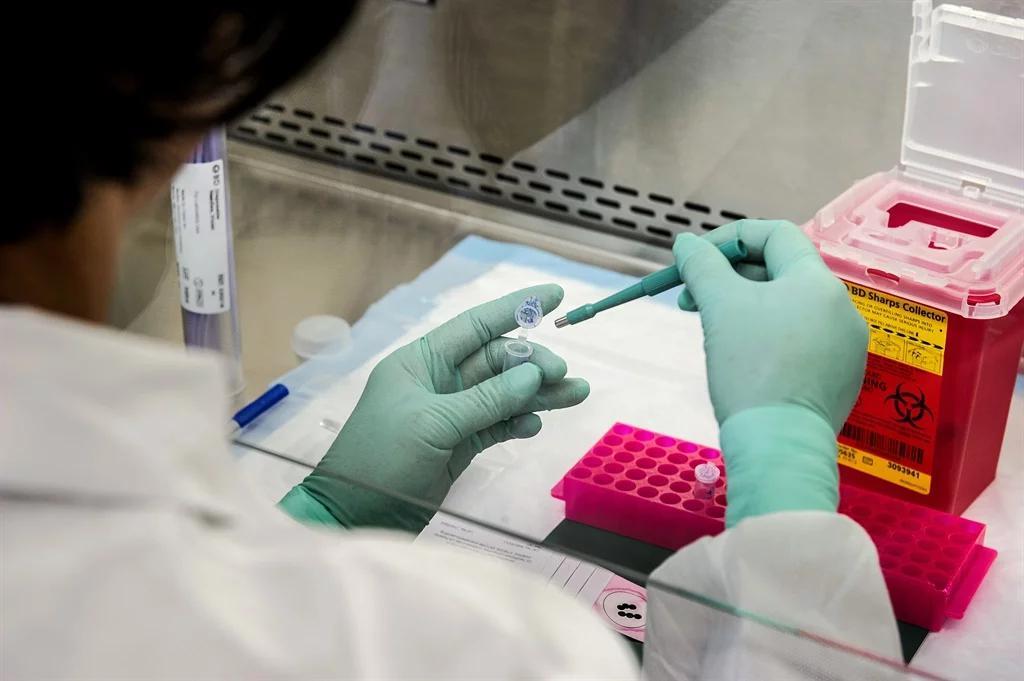WASHINGTON, March 16 (CNA) - The first human trial to evaluate a candidate vaccine against the new coronavirus has begun in Seattle, US health officials said on Monday (Mar 16), raising hopes in the global fight against the disease.
But it may be another year to 18 months before it becomes available, once it has passed more trial phases to prove it works and is safe.
The vaccine is called mRNA-1273 and was developed by US National Institutes of Health (NIH) scientists and collaborators at biotechnology company Moderna, which is based in Cambridge, Massachusetts.
"The open-label trial will enroll 45 healthy adult volunteers ages 18 to 55 years over approximately 6 weeks," the NIH said. "The first participant received the investigational vaccine today."
There are currently no approved vaccines or treatments against the coronavirus disease, known as COVID-19, which has infected more than 175,000 people across the world since it was first identified in central China in late December.
It has claimed 7,000 deaths, according to an AFP tally, most in China followed by Italy.
"Finding a safe and effective vaccine to prevent infection with SARS-CoV-2 is an urgent public health priority," said Anthony Fauci, head of infectious diseases at the NIH, using the technical name for the virus that is believed to have originated in bats.
"This Phase 1 study, launched in record speed, is an important first step toward achieving that goal."
The Seattle trial will study the impact of different doses delivered by intramuscular injection in the upper arm, with participants monitored for side-effects like soreness or fever.
Coronaviruses are spherical and have spikes protruding from their surface, giving them a crown-like appearance. The spike binds to human cells, allowing the virus to gain entry.
The Moderna candidate vaccine carries the genetic information of this spike in a substance called "messenger RNA."
Injecting human tissue with the spike's messenger RNA makes it grow inside the body, thereby eliciting an immune response without having actually infected a person with the full-blown virus.


